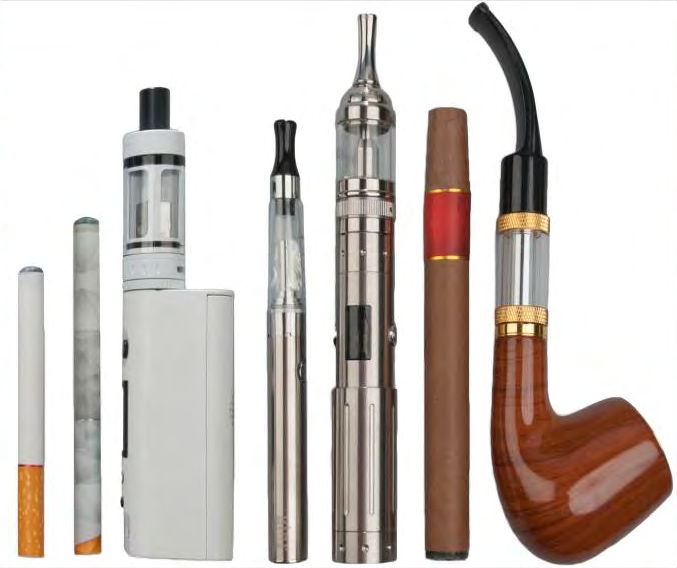An electronic cigarette (e-cigarette) is a non-combustible, battery-powered device designed to heat a liquid solution (e-liquid or vape juice) into an inhalable aerosol.
Core Characteristics
- Non-Combustion: Unlike traditional cigarettes, e-cigarettes do not burn tobacco. They generate an aerosol through heating.
- Aerosol Generation: The user inhales an aerosol, commonly called vapor, produced by heating the e-liquid.
- Key Components: Typically consists of a mouthpiece, a battery, a heating element (atomizer), and a reservoir/cartridge for the e-liquid.
- Functionality: Activation can be puff-activated (automatically) or button-activated (manually), depending on device design.
Aerosol vs. Vapor
Scientifically, the emitted substance is an aerosol, not a vapor. It is a suspension of fine particles generated from heating the liquid.

Typology
- Open/Refillable Systems: Users manually refill e-liquid into a reusable reservoir/tank.
- Closed/Pod Systems: Utilize prefilled, often disposable, cartridges or pods.
- Disposable Devices: Non-rechargeable and non-refillable units discarded after use.
Content of E-Liquid
E-liquids generally contain solvents (commonly Propylene Glycol and/or Vegetable Glycerin), flavorings, and often, but not always, nicotine.
Regulatory Context
E-cigarettes are legally classified separately from traditional combustible tobacco products in many jurisdictions.









